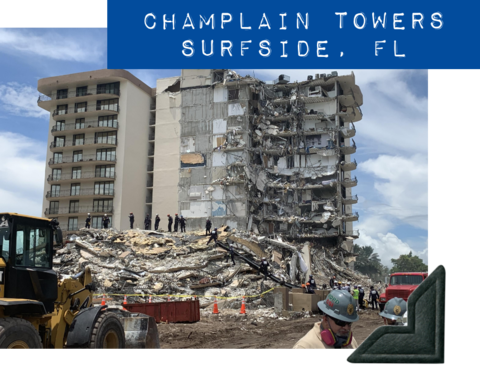Documentary Standards
If you visit our campus, or join a NIST-hosted meeting, you might hear NIST staff members talk passionately about “documentary standards.” But they’re most likely not debating the quality levels of fact-based films.
First, documentary standards are, as their name implies, documents. They provide an agreed-upon way to carry out a technical process, from measuring the radiation dose to a cancer patient and establishing food safety management procedures to testing the hardness of composite materials used in sports equipment. Documentary standards are developed by experts in a particular subject area, and typically approved by a recognized professional organization, which then publishes them for the world to use.

Some examples include IEEE’s standards for wireless internet, known collectively as 802.11, which you may see on the labels or boxes of your home or work internet Wi-Fi equipment. These standards specify, among other things, the frequency ranges over which wireless networks should operate to avoid interfering with other devices. These standards are essential when you’re using a Wi-Fi connection to plan those restaurant reservations or first dates.
NIST doesn’t issue many documentary standards of its own. There are exceptions, such as the Federal Information Processing Standards for government computer systems. But more typically, NIST issues voluntary guidance and recommendations that other organizations may choose to adopt.
Often, our agency collaborates with other organizations that create standards. These organizations frequently draw upon NIST researchers’ world-class expertise in developing technical standards.
For example, in the realm of building safety, NIST has led major investigations into the failures of structures, from the World Trade Center to the Champlain Towers South building in Surfside, Florida. These investigations aim to understand the causes of the building failures and then provide recommendations on how to make similar buildings safer. But NIST doesn’t write new standards for strengthening safety. Instead, other groups, such as the International Code Council, may translate NIST’s recommendations into new standards and building codes, often in close collaboration with NIST researchers. NIST works with other groups that develop standards for other critical needs such as first-responder communications.
That’s because in the U.S., developing standards is a process based upon reaching a consensus among interested parties, instead of being edicts issued from the government.
“NIST believes the best standards are made with broad participation representing all interested stakeholders,” said James Olthoff, NIST’s associate director of laboratory programs, during Congressional testimony in March 2022.
NIST nurtures this consensus-based environment by serving as a “convener” of interested parties from many different types of public and private organizations. We host conferences on standards-related topics in sectors ranging from biotechnology to the Internet of Things. NIST trains other organizations, including government agencies, on how to properly use standards. In the last dozen years, NIST has conducted 121 standards-related training events for more than 7,700 federal attendees.

The U.S. groups that ultimately create documentary standards are usually private, not-for-profit organizations, such as the National Fire Protection Association (NFPA) and IEEE (formerly the Institute of Electrical and Electronics Engineers). The American National Standards Institute (ANSI), another private, non-profit organization, administers and coordinates the U.S. voluntary standards and conformity assessment system.
There are international standards organizations, such as the International Organization for Standardization (ISO), the International Electrotechnical Commission (IEC) and ASTM International (formerly the American Society for Testing and Materials), that work with public and private organizations around the world.
These standards organizations typically have multiple technical committees devoted to creating standards on particular topics. The experts on these committees come from a mix of industry, government, academia and other organizations. Nearly 570 NIST technical staff members participate in more than 300 standards organizations and more than 3,000 different standards activities. Key NIST research results, or NIST-developed techniques or products, often make their way into the standards that these organizations issue. For example, NIST’s Cybersecurity Framework has become the basis of an ISO/IEC international standard.
Standards often are paired up with laws. For example, when a state government passes a law, the legislation often specifies the technical standards that must be followed to comply with the law. This is the world of legal metrology. As we’ll see later, NIST helps states implement their laws in an effective manner by providing key technical information and resources.

